Today Volkswagen is a brand known the iconic Polo and Golf hatchbacks, as well as a range of other reliable, economical and affordable vehicles. But how did this company start? Learn more about VW’s history and the challenges they faced to become the company they are today in our article below.

VW and the Nazis
Many of us know that Volkswagen are a German car brand, in fact they were one of our top five German Brands alongside the likes of Mercedes, BMW, Audi and even Porsche. While the other four manufacturers are geared towards the luxury end of the car market Volkswagen was a car designed for the people.
In 1934 the Nazi government in Germany created a project with the aim of producing an affordable, reliable car for the people of Germany.
Three years later the Gesellschaft Zur Vorbereitung des Deutschen Volkswagens mbH (Company for the Preparation of the German Volkswagen Ltd.) was established in 1937. The next year the name changed to Volkswagenwerk GmbH and their main plant in Wolfsburg. Before the company could really move forward, war broke out and the people’s car was put on hold and instead the focus was on the war efforts, producing vehicles for the military.
By the end of the war the National Socialist Organization Deutsche Arbeitsfront (German Labor Front) was running the plant and they had originally intended for it to be an exemplary factory for the production of the KdF-Wagen, the original Beetle, and although a few models were made it was nowhere near their intended volume and the plant was instead tasked with producing military goods by the approximate 20,000 forced labourers working there.
VW After the War
In 1945 the Nazi’s were defeated and as the National Socialist Organization ceased to exist meaning the Wolfsburg plant had no proprietor.
Originally the plant was scheduled for demolition as it was a former armaments plant. However, following the liberation of the forced workers the Americans established a workshop in the plant and this prevented it from being demolished.
The British military then took over the trusteeship of Volkswagenwerk GmbH and assigned Major Ivan Hirst to the Wolfsburg plant. Major Hirst soon saw potential in the plant for much more than using it as a repair shop and many of the machines and tools that were originally in the plant before it was repurposed for military use were returned from various other locations and soon production of the Volkswagen saloon there seemed achievable.
At the end of the war the German economy was devastated, poverty was widespread and large portions of the transportation network including road and railways and many of the general population had no means of transportation. Major Hirst saw this and the plant he was responsible for as the Senior Resident Officer and in it he saw the value economical vehicle production would hold. These included restarting a profitable industry in the country, providing secure employment to workers, helping Germany to rebuild its economy and much more.
It soon became clear that using the Wolfsburg Plant was in line with the British policy for Germany, which saw material security and future perspective as key to the development of democracy in the country. In August of the same year. the British Military Government issued an order to the plant to supply 20,000 vehicles for their military administration, and then for a further 20,000 two weeks later. This decision meant that dismantling the factory was postponed for four years in order for the vehicles to be produced, but beyond that the future of this particular plant and the Volkswagen brand remained uncertain.
Before the ordered vehicles could be produced there was some rebuilding to do at the factory and parts and raw materials like steel, textiles and glass had to be sourced. There was a short supply of materials in the country but Major Hirst was able to persuade the British Military to allocate enough to the plant that they could hit their monthly target of 1,000 vehicles by March 1946.
In order to ensure there were enough staff at the factory Major Hirst recruited workers from the surrounding towns as well as offering positions to German prisoners of war.
Dr Herrmann Münch became the manager of the plant in 1946 and with the support of a commercial and technical director he forged ahead with production. In light of these changes to management, as part of the denazification of VW the British helped the new management to look towards the future, through improving the quality of vehicles and the production process, as well as training customer service personnel and developing a dealership structure.

Images Sourced: https://www.volkswagen-newsroom.com/en/history-3693
By the end of 1947 the factory was starting to export vehicles and by 1948 they were producing around 19,000 vehicles with a quarter of these being exported. Alongside this the plant was also supplying spare parts for the growing VW servicing network. In fact, they were becoming so successful that the British trustees decided to transfer management of the plant to an industry expert and return the company to Germany. In 1948 Heinrich Nordhoff was appointed the managing director and in the latter half of 1949 the British Military Government transferred the trusteeship of Volkswagenwerk GmbH to the German government.
Since then, the company has gone from strength to strength. They’ve built factories and plants and opened dealerships around the world.
In 1960 the business name was changed to Volkswagenwerk AG, and since then has also been known internationally as the Volkswagen Group.
As well as developing the VW brand the company expended and currently owns several other brands as well, including Volkswagen Passenger Cars, Audi, SEAT, ŠKODA, Bentley, Bugatti, Lamborghini, Porsche, Ducati, Volkswagen Commercial Vehicles, Scania and MAN.
We’ll take a look at some of these companies’ histories and how they came to be a part of the Volkswagen Group in later posts.
VW remember their history with a permanent Memorial Site of Forced Labor on the grounds of the Volkswagen factory exhibition, which was opened in 1999, in a former air raid shelter at the Wolfsburg factory. The exhibition has documents, photographs and personal testimonies from during the war, as well as examining the company’s role in as an armament plant and the use of forced labour there and more widely in Germany.
The Evolution of Volkswagen
We’ve taken a look through all the VW models from the very beginning to today’s cars and picked out our top few below.
The Beetle
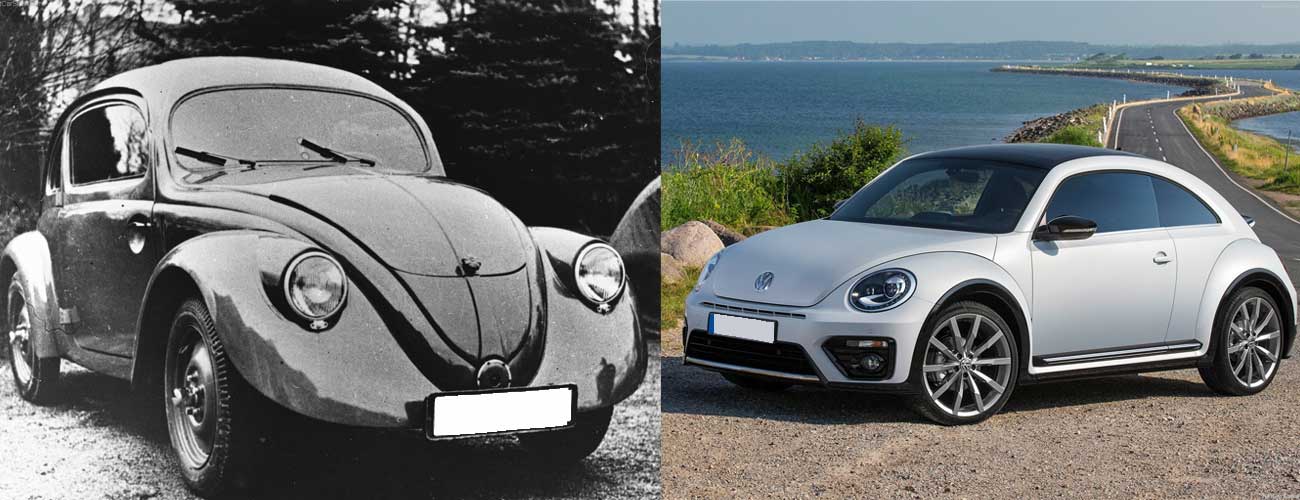
The original Beetle was launched in 1938 and was originally known as simply the Volkswagen. However because of it’s small and circular design it was soon known under a number of nicknames including bug and beetle.
Over the years there were several versions and updates to the Beetle, including a cabriolet version, but it maintained the sense of style and fun that it was known for.
It remained in and out of production for 80 years before stopping in 2018. The Beetle is now an iconic car and has become a cultural icon through the Herbie the love bug films.
VW Golf
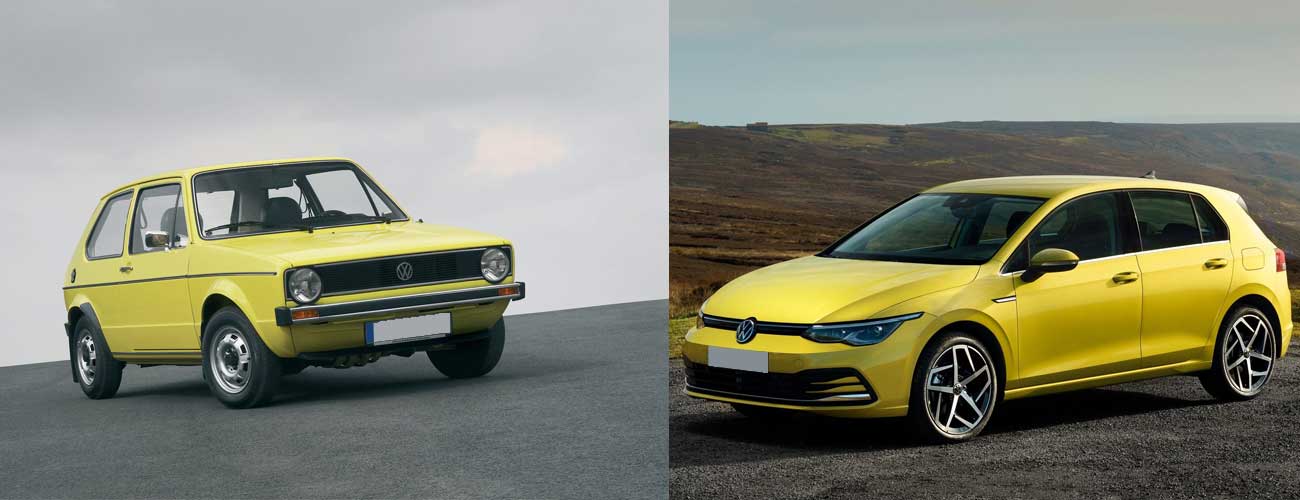
The Golf has been one of VW’s best-selling models with over 30 million sold since it was first introduced nearly 50 years ago in 1974. It was originally intended as a modern, front-wheel-drive, long-distance replacement for the Beetle.
Over the years there have been several iterations of the Golf including three and five-door hatchbacks, estate, cabriolets and even convertibles.
Now in its eighth generation the VW Golf still offers you a range of economical engines, including a fully electric option, a spacious and safe family car but it now also comes with a 10-inch touchscreen infotainment and navigation centre, Head-Up display which projects key info onto the windscreen and a digital cockpit system.
If you want to find out more on the Golf or take a look at our best leasing deals then check out our VW Golf page.
VW Polo
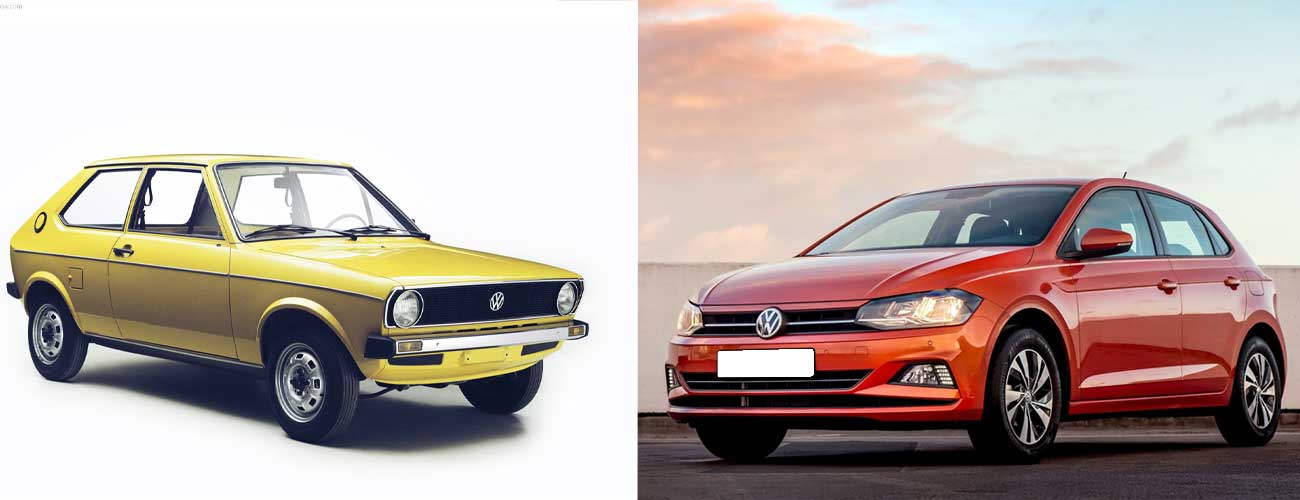
Just a year after the VW Golf debuted the second of VW’s best-known models hit the roads. The Polo was launched in 1975 and since then it has remained a favourite of drivers around the world.
In the UK the Polo has predominantly been sold as a hatchback, however over the last 45 years around the world it has been sold in saloon and estate body shapes as well.
As you can see from the above pictures today’s Polo has a less boxy shape, a sportier design. On the interior VW have worked to give drivers a more high-tech feel with an eight-inch touchscreen with VW’s ‘App-Connect’ system to integrate your smartphone onto the screen.
Click here to see our best leasing deals on the current VW Polo.
up!

The up! is a fun and youthful compact car that is designed to stand out, with its range of bold colours and unique body shape. It’s also an incredibly customisable car that you can make your own from the exterior colour through to the dash pad designs.
Take a look at some of our best deals on the up! here or if you want to find out more give us a call on 0330 221 0000 to speak to one of our helpful Leasing Consultants.
The Future of VW:
Volkswagen continues to be the people’s car, providing drivers around the world with economically priced vehicles, that are packed full of features designed for safety and driver convenience, like blind-spot detection, and in a range of body sizes and shapes to suit your needs.
As we move towards a greener world in general VW are committed to making their vehicles more environmentally conscious, adding more hybrid and fully-electric models to their line-up.
To see the current range of great leasing options on VWs just click here.




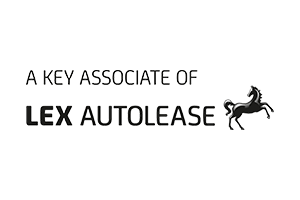
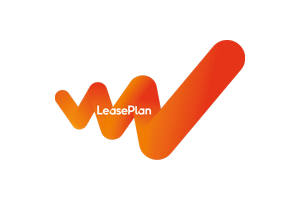


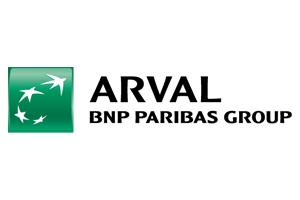
Leave a Comment